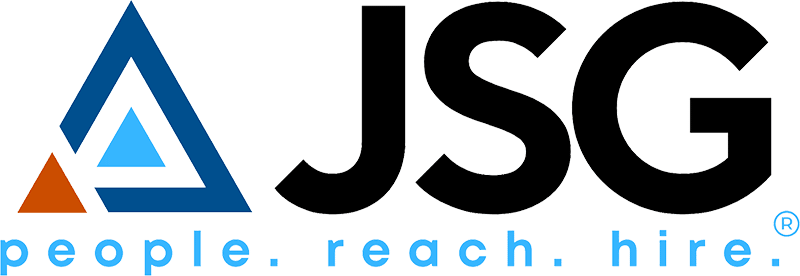
4 Common Buzzwords and Phrases that Potential Employees See as a Red Flag
As an employer, there may be a few buzzwords that are your go-to when writing job descriptions or information about your company. Over the years,

How To Write A Compelling Job Description
Accurately portraying your expectations of the position you are trying to fill can make all the difference in who applies to work for you. With

What You Should Look For In Entry-Level Employees
Now is a great time to hire entry-level employees. There are some incredible new grads on the market that are eager to jump in and

3 Red Flags To Avoid In Your Job Hunt
Whether you are actively looking for a new position, or passively keeping your options open, now is a perfect time. The job market is booming,

How to Write a Great Job Description
Whether you’re a seasoned recruiter or new to the recruiting world, it’s essential that your job description is dynamic and informative. The JSG Marketing Team

R is for Resume: How to Write a Rockstar Resume
When was the last time you updated your resume? Do you even have a copy of your resume on hand? In this candidate-driven market, it’s



